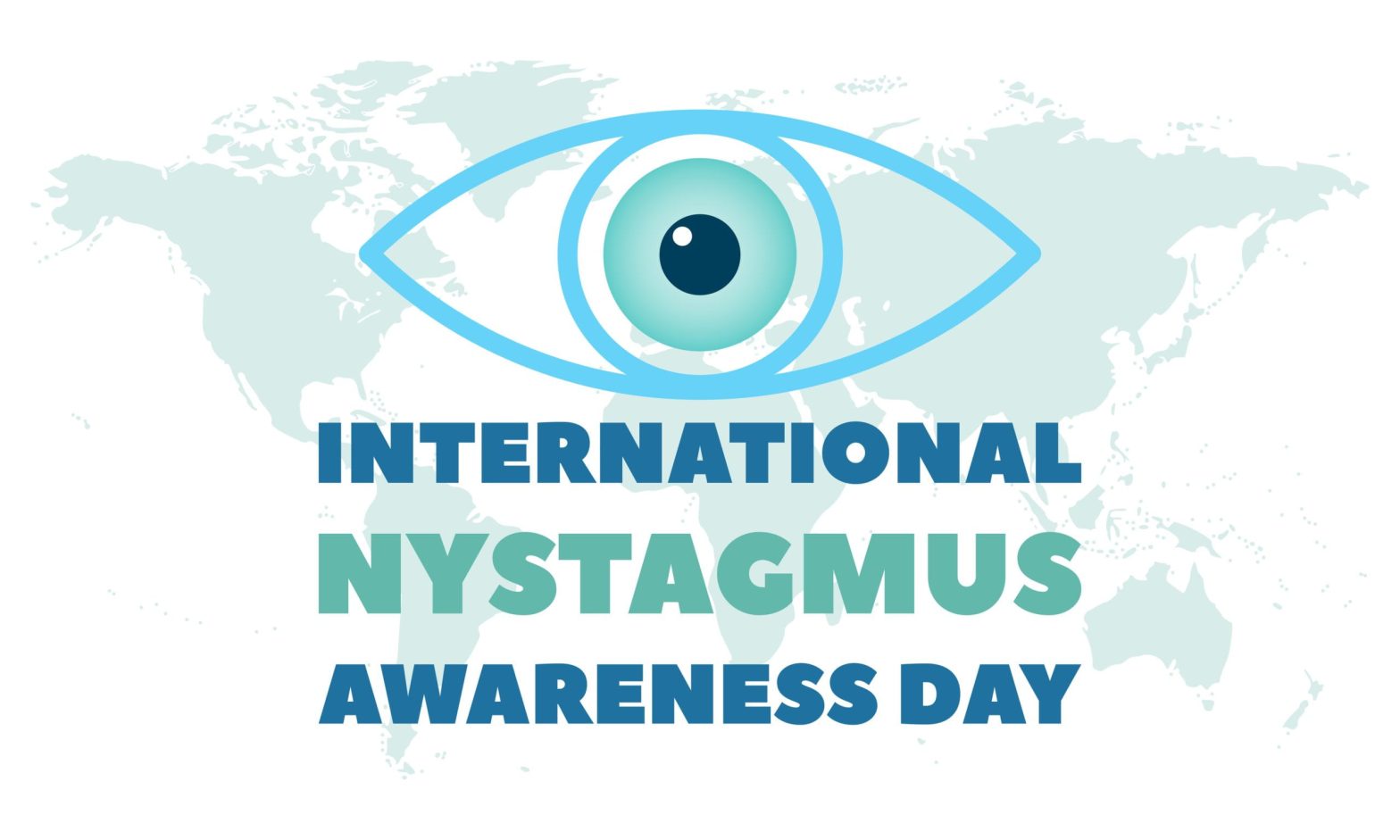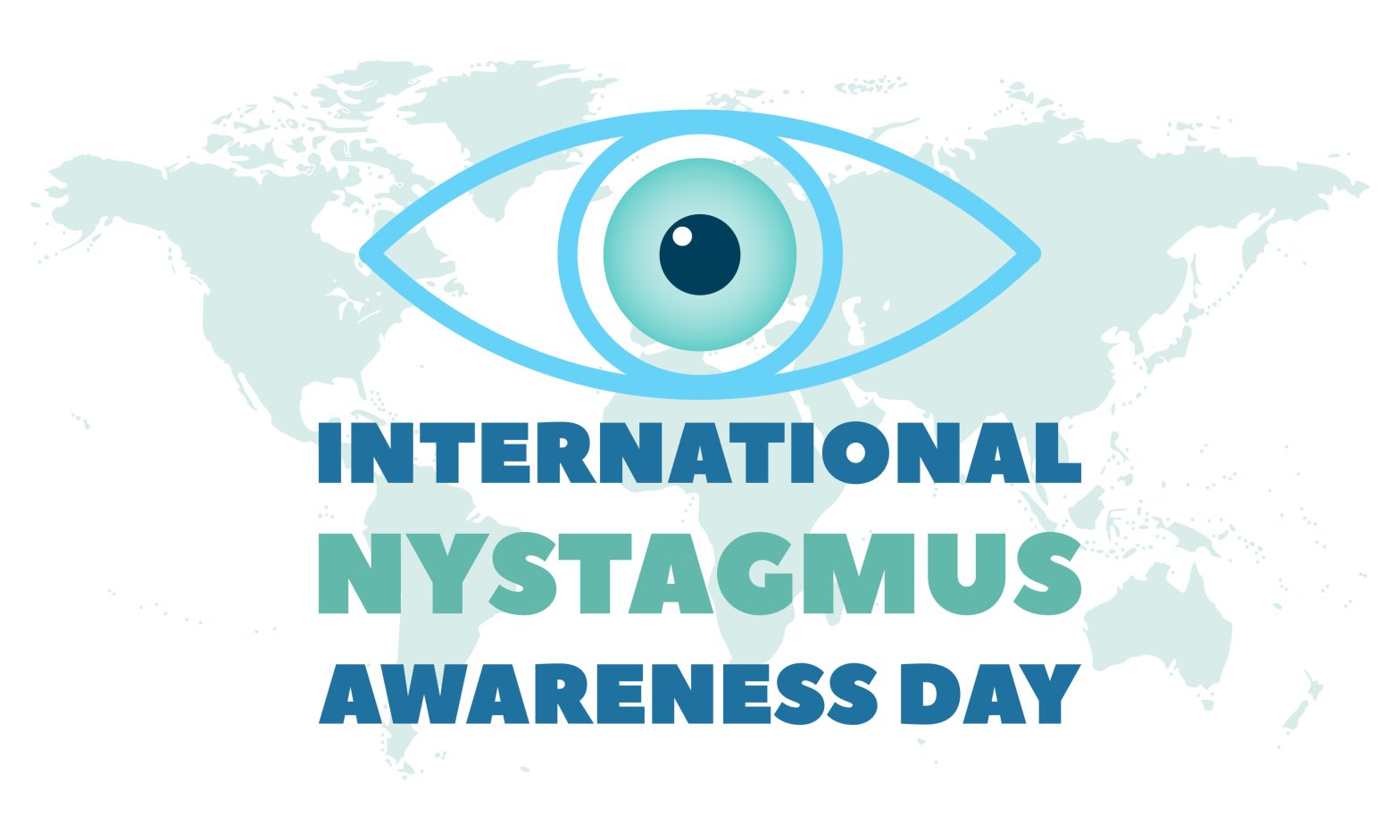Retinoblastoma is an eye cancer that occurs most commonly in childhood under the age of 5. . Two thirds of children are diagnosed before the age of two and almost 95% by the age of 5. It is estimated that 5000-8000 children develop retinoblastoma worldwide every year. The incidence rate of retinoblastoma in United States… Continue reading What is Retinoblastoma?
Don’t Run Risk Of Damaging Your Vision With Poor Food Choices, Doctors At Moorfields Eye Hospital Dubai Warn
15 July 2019, Dubai – United Arab Emirates: From managing our weight, fighting diseases, to giving us the energy we need to work or study each day, there are many well-known benefits to a healthy and balanced diet. Making the correct choices when it comes to what you eat each day can also play a… Continue reading Don’t Run Risk Of Damaging Your Vision With Poor Food Choices, Doctors At Moorfields Eye Hospital Dubai Warn
مستشفى مورفيلدز للعيون يلقي الضوء على مرض “رأرأة العين” أو متلازمة “العيون الراقصة”
Dubai, 23 June 2019: Nystagmus is a relatively unheard of, but complex eye condition. With Nystagmus Awareness Day (20 June) just around the corner, there is no better time to learn about the visual impairment, which causes involuntary eye movements, and affects 1:1000 people. Flickering from side to side or from up and down, nystagmus… Continue reading مستشفى مورفيلدز للعيون يلقي الضوء على مرض “رأرأة العين” أو متلازمة “العيون الراقصة”
Moorfields Eye Hospital Emphasises The Importance Of Nystagmus Awareness Day
Dubai, 23 June 2019: Nystagmus is a relatively unheard of, but complex eye condition. With Nystagmus Awareness Day (20 June) just around the corner, there is no better time to learn about the visual impairment, which causes involuntary eye movements, and affects 1:1000 people. Flickering from side to side or from up and down, nystagmus… Continue reading Moorfields Eye Hospital Emphasises The Importance Of Nystagmus Awareness Day



